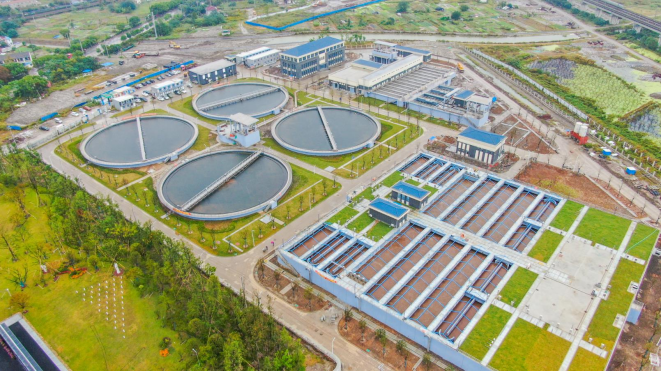How to Ensure Influent COD Concentration in Wastewater Treatment Plants?
The "Implementation Plan for Combatting Urban Black and Odorous Water Bodies" outlines specific targets to be achieved by 2025:
1. The centralized collection rate of urban domestic sewage should aim to reach 70% or higher.
2. At least 90% of urban domestic wastewater treatment plants should handle influent BOD concentrations exceeding 100 mg/L.
However, on-site inspections have uncovered significant challenges in meeting these targets. Some local areas have resorted to various forms of data manipulation to show compliance. Many centralized domestic wastewater treatment plants are receiving influent with abnormally low COD levels, typically below 100 mg/L. This is considerably lower than the designed operational range of 200-400 mg/L, leading to significant inefficiencies in capital investment.
To ensure adequate COD concentrations in wastewater treatment, it is essential to systematically investigate the root causes of abnormally low influent COD levels. The COD concentration is greatly influenced by the residents'water usage habits, the diversions of rainwater and sewage, the connection conditions of sewage pipelines, the invasion of underground water and other factors. In terms of most regions, rain is a short-term and occasional occurrence. It is unlikely that the underground water will continuously penetrate the damaged pipelines. Therefore, we can reasonably conclude that the persistently low influent COD concentrations at wastewater treatment plants primarily result from:
1. Non-polluted wastewater sources (indicating possible excessive clean water infiltration).
2. Poor containment integrity of wastewater pipelines (allowing substantial groundwater infiltration).

For domestic sewage, daily activities such as washing and cleaning generate sewage with inherently low COD concentrations. Furthermore, the widespread use of septic tanks in residential communities provides preliminary treatment, significantly reducing COD levels from toilet wastewater before it enters the wastewater network. Consequently, the observed low COD concentrations in the municipal wastewater system represent a normal operational baseline under these conditions. Theoretically, if the domestic sewage is transported through enclosed pipelines to treatment plants, the influent COD concentration naturally remains at relatively low levels. In reality, incomplete wastewater pipelines with misconnections and leaks frequently lead to domestic wastewater loss during conveyance, significantly reducing delivered pollutant loads. The leak not only results in results in wasted treatment capacity at treatment plants, but also triggers secondary environmental pollution. Leaked wastewater directly contaminates surface water, soil, and groundwater, causing black and odorous water.
To ensure adequate influent COD concentrations at wastewater treatment plants, the primary focus must be on enhancing the integrity and tightness of wastewater pipelines. This involves prioritizing the construction of dedicated wastewater pipelines in the combined sewer system to ensure the controlled conveyance of highly polluted wastewater.
For industrial wastewater, the environmental impact assessment (EIA) process mandates all enterprises to achieve compliance with discharge standards, which substantially reduces COD and BOD concentrations at the source. Multiple regions have initiated pilot programs utilizing industrial wastewater (e.g., from breweries and solid-state fermentation distilleries) as a premium carbon source for co-treatment. These streams, characterized by: heavy metal-free, high biodegradability, and nutrient balance.
For wastewater system with good closure conditions and low influent COD levels, the feasibility of using non-toxic industrial wastewater (free of heavy metals and hazardous organics) as an alternative carbon source can be evaluated, potentially justifying relaxed COD discharge standards for qualifying enterprises. This approach not only reduces the burden of decentralized pollution control for enterprises but also enhances centralized wastewater treatment efficiency, serving as an effective method for synergistic carbon reduction. However, it should be cautious about the following three aspects: 1. This approach should target industrial enterprises with absolutely safe water quality. 2. The policy should be fair and transparent. 3. It should prevent going to the other extreme and resulting in excessively high influent COD concentrations that exceed the treatment capacity of wastewater plants.
